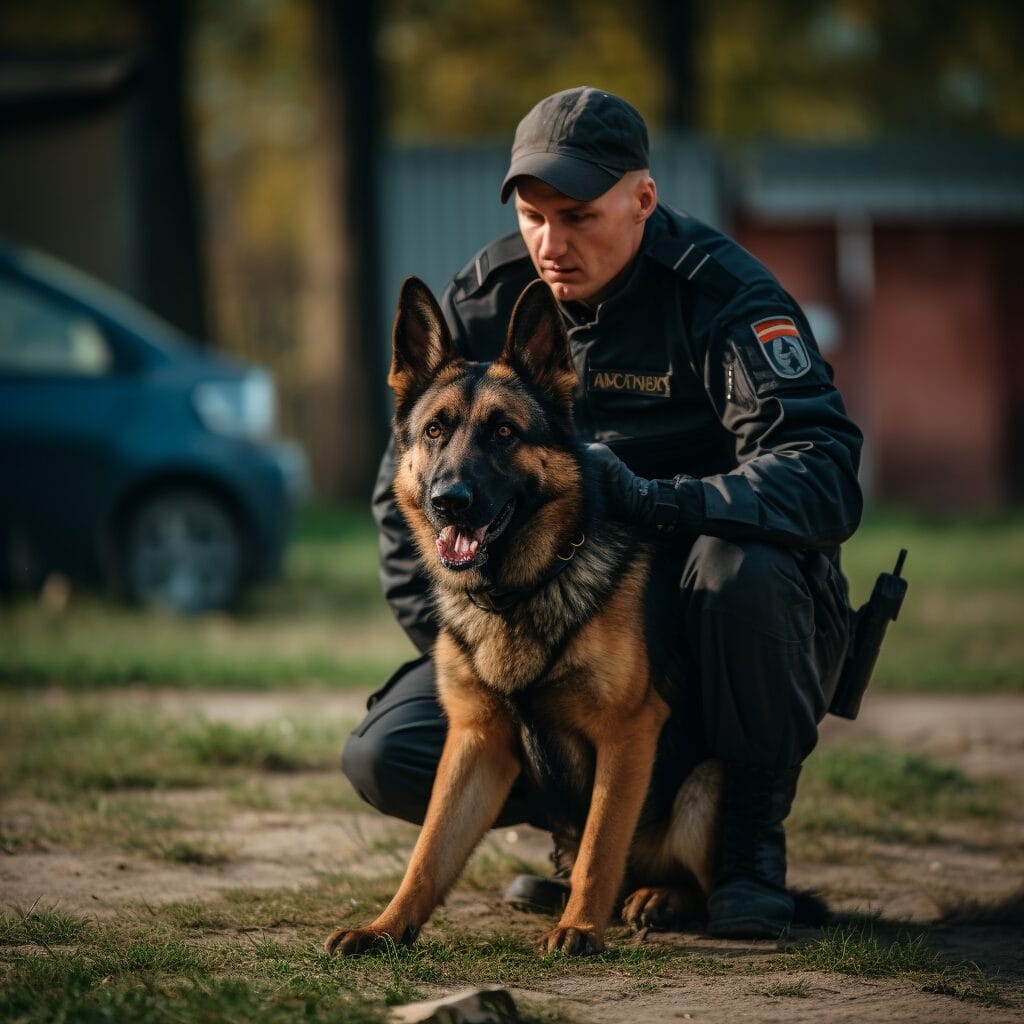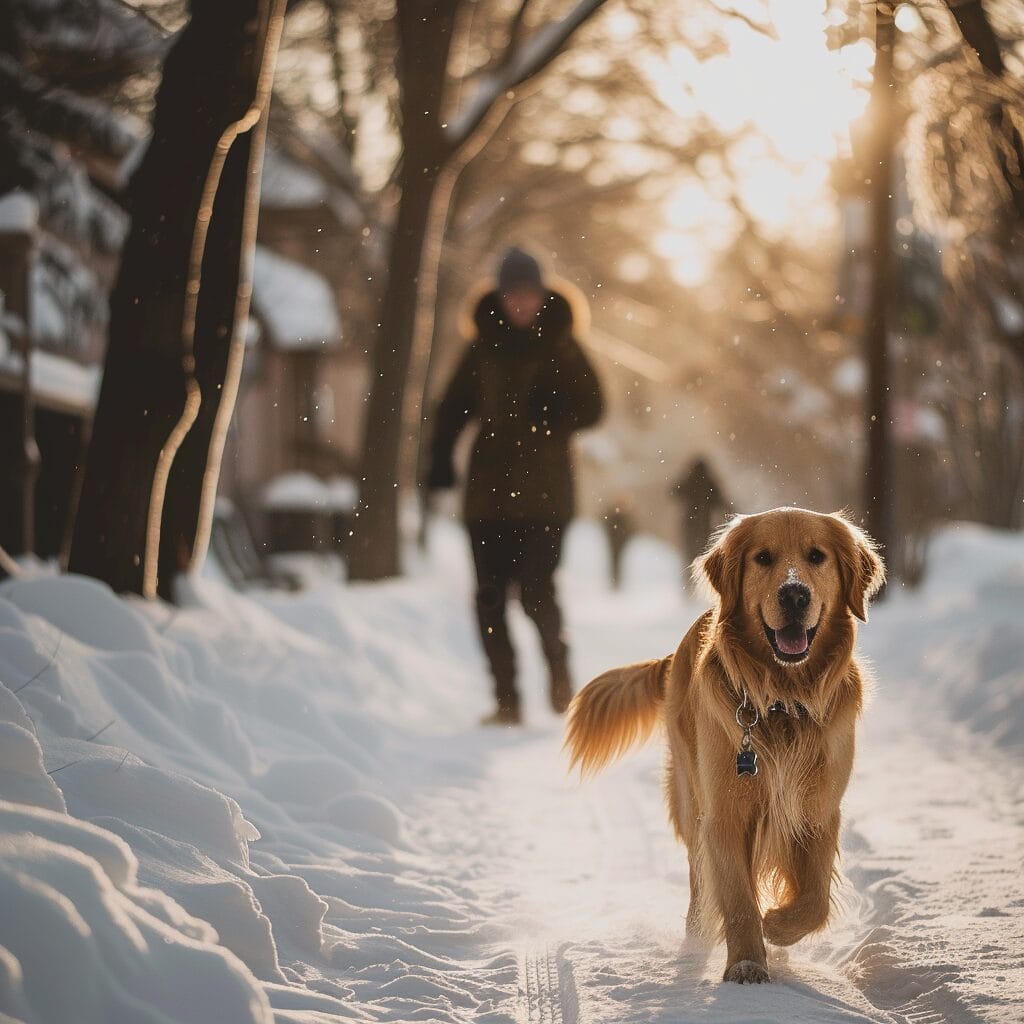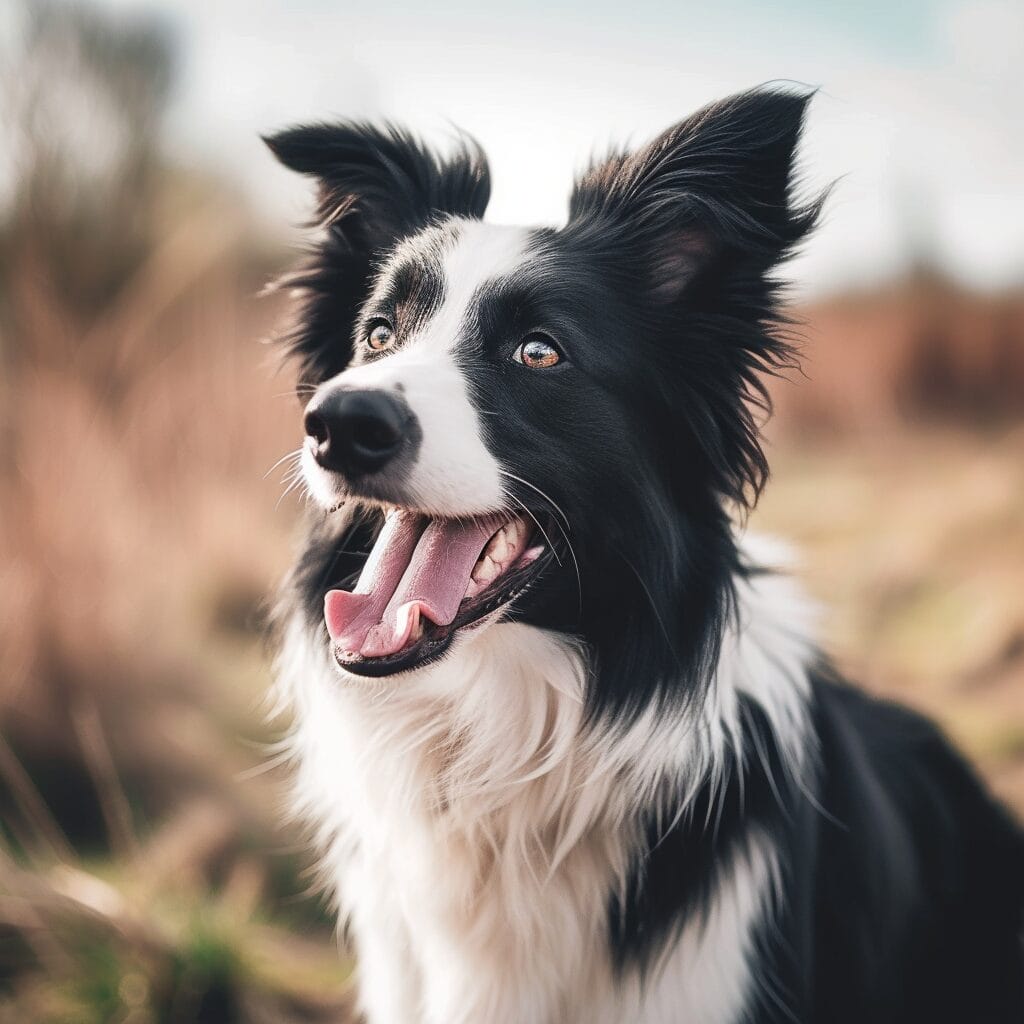Large breed dogs are considered seniors at the age of 6 or 7, while smaller breeds aren’t classified as seniors until they’re around 10. Dog ages may just be a number, but for our furry companions, it holds significant meaning. As our loyal senior citizens grow older, their dog ages, emotional maturity, and food needs change too.
Understanding when your dog transitions into their senior years (canine age) is crucial for providing them with the best possible care and quality of life. From dietary adjustments to tailored exercise routines and regular health check-ups, knowing when your dog reaches this milestone at old age can make all the difference in ensuring their well-being.
When is a Dog Considered a Senior
Recognizing the Senior Dog Lifecycle
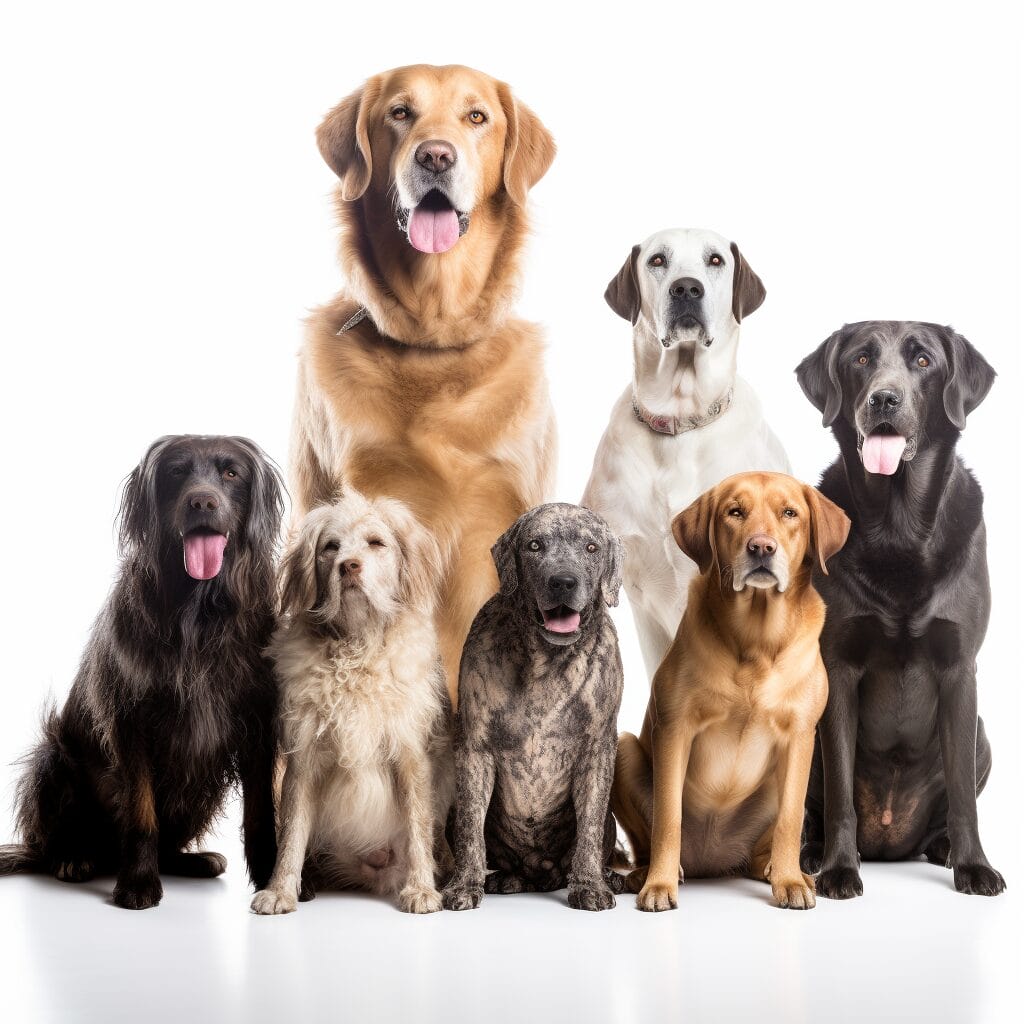
Aging Rates and Lifespan
Dogs age at different rates depending on their size and breed. Smaller breeds tend to have longer lifespans compared to larger breeds. For example, a Great Dane (breed) is considered a senior at around 5-6 years old, while a Chihuahua (breed) may not reach senior status until 10-12 years of age. Understanding these variations in aging rates is crucial in identifying when a dog transitions into its senior years.
Knowing the typical lifespan of different dog breeds can provide valuable insights into recognizing when a dog becomes old. For instance, small breed dogs like Pomeranians may live for about 12-16 years, whereas larger breeds such as Saint Bernards typically have shorter lifespans of around 8-10 years. By understanding these general lifespan patterns and dog age, pet owners can better gauge when their furry companions enter their golden years.
Behavioral and Physical Changes
The transition to senior status in dogs is often marked by noticeable behavioral and physical changes as they get old. These changes can include decreased activity levels, reduced stamina, weight gain or loss, altered sleep patterns, increased susceptibility to illnesses or diseases such as arthritis or diabetes, diminished sensory perception (e.g., hearing and vision), and even shifts in temperament or behavior.
For instance:
- An older dog might start showing less interest in playing fetch or going for long walks.
- The old dog could experience difficulty climbing stairs due to joint pain.
- Older dogs might also exhibit signs of confusion or disorientation that were not present during their younger adult years.
Recognizing these shifts allows pet owners to make necessary adjustments to accommodate their aging canine companions’ needs more effectively.
| Lifecycle Stage | Age Range | Characteristics |
|---|---|---|
| Puppy | 0-1 year | Rapid growth, playful, teething |
| Adolescent | 1-2 years | Energy levels peak, continued growth |
| Adult | 2-7 years | Prime physical condition, stable behavior |
| Senior | 7+ years | Slower metabolism, potential health issues, decreased activity |
Signs Indicating Your Dog is a Senior
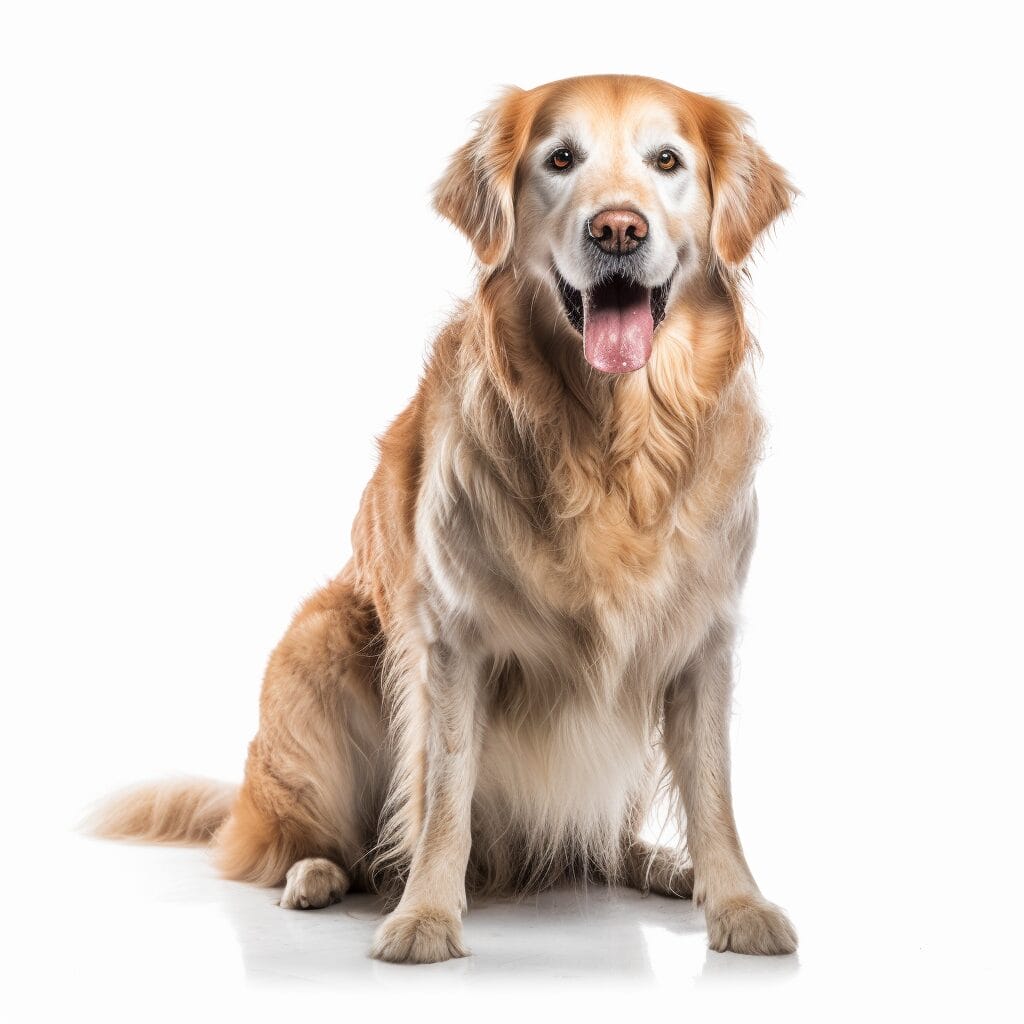
Decreased Energy Levels and Activity
Senior dogs often experience a noticeable decline in their energy levels and activity. The old dog may not be as enthusiastic about playtime or walks as they were when they were younger. You might notice that your once lively old dog prefers lounging around rather than engaging in vigorous activities. Old dogs may tire more easily during exercise or take longer naps throughout the day.
As dogs age, their bodies undergo changes that can lead to reduced stamina and vitality. For example, old dog joints may become stiffer due to arthritis, making movement more challenging for them. This decrease in energy levels is an essential indicator that your furry friend has entered their golden years.
Changes in Coat Color, Texture, or Thickness
One of the telltale signs that your dog is transitioning into their senior years is the changes you observe in their coat. Their fur might start to show signs of aging such as graying or whitening, especially around the muzzle and eyes. Moreover, you might notice alterations in the texture or thickness of their coat; it could become coarser or thinner compared to when they were younger.
These changes are part of the natural aging process for older dogs. Just like humans’ hair turns gray with age, dogs also go through similar transformations with their fur as they grow older. Keeping an eye on these variations can help you better understand where your dog stands within its lifecycle.
Increased Frequency of Health Issues
As dogs get older, they become more susceptible to various health issues such as arthritis and dental problems at an increased frequency compared to when they were younger. Arthritis can cause stiffness and discomfort in joints while dental problems like gum disease can lead to pain and difficulty eating.
The heightened occurrence of these health issues signals that your dog is entering its senior phase where preventive care becomes crucial for maintaining its well-being.
Nutritional Needs for Aging Canines
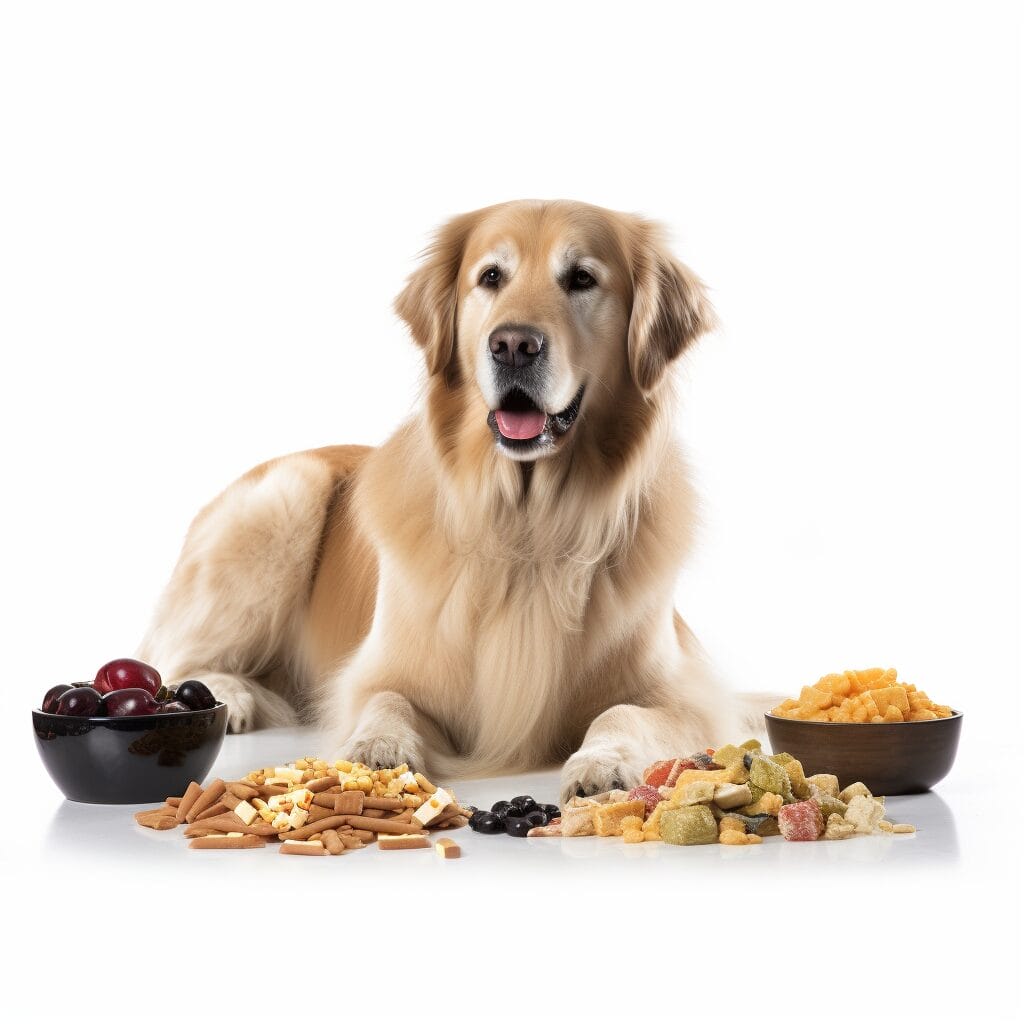
Reduced Calorie Requirements
As dogs age, their energy levels tend to decrease, leading to lower activity levels. Consequently, they require fewer calories to maintain a healthy weight. It’s important to adjust their diet accordingly to prevent weight gain and potential health issues. For instance, reducing the portion sizes of their regular meals can help manage their calorie intake effectively.
Senior dogs may benefit from specially formulated nutrition that supports their changing needs. These formulas are designed with reduced calorie content while ensuring essential nutrients are still provided in appropriate amounts. This helps address the decreased energy expenditure associated with aging without compromising on vital nutritional requirements.
Essential Nutrients for Joint Health
Omega-3 fatty acids play a crucial role in supporting joint health as dogs age. These fatty acids have anti-inflammatory properties that can aid in managing conditions like arthritis and other joint-related issues commonly seen in older dogs. Foods rich in omega-3 fatty acids such as fish or flaxseed can be beneficial additions to a senior dog’s diet.
Supplements containing omega-3 fatty acids may also be recommended by veterinarians for senior dogs experiencing joint discomfort or stiffness due to aging. Incorporating these essential nutrients into a senior dog’s diet is essential for promoting overall mobility and comfort during this stage of life.
Specialized Senior Dog Food Options
Specialized food options tailored specifically for senior dogs cater to their unique nutritional needs as they age. These formulations often contain higher levels of certain vitamins and minerals that support immune function and overall well-being in older canines.
Moreover, specialized senior dog foods typically feature ingredients that are easily digestible, making it easier for aging digestive systems to process and absorb nutrients efficiently. Some brands incorporate specific additives such as glucosamine and chondroitin known for supporting joint health—a critical aspect of caring for an aging canine companion.
Importance of Exercise in Senior Dog Health

Maintaining Muscle Tone and Joint Flexibility
Exercise plays a crucial role in maintaining the overall health and well-being of senior dogs. Regular, low-impact exercise helps to maintain muscle tone and joint flexibility, which are essential for supporting mobility and preventing stiffness. Activities such as gentle walks, swimming, or light play sessions can help keep the muscles strong while minimizing stress on aging joints.
For example, short daily walks can be beneficial for senior dogs to keep their muscles active without causing excessive strain on their bodies. These walks not only provide physical exercise but also mental stimulation through exposure to new sights, smells, and sounds.
Mental Stimulation Through Interactive Play
In addition to physical benefits, exercise provides vital mental stimulation for senior dogs. Engaging in interactive play activities like hide-and-seek with treats or using puzzle toys encourages cognitive function and keeps the mind sharp. Mental stimulation is particularly important for aging dogs as it can help prevent cognitive decline associated with aging.
For instance, incorporating interactive toys that dispense treats when manipulated by the dog can provide both physical activity and mental engagement. This type of enrichment activity not only promotes movement but also stimulates problem-solving skills, keeping the dog’s mind active.
Tailoring Exercise Routines to Individual Health Conditions
It is crucial to tailor exercise routines according to individual health conditions when dealing with senior dogs. Some older dogs may have underlying health issues such as arthritis or heart conditions that require specific modifications to their exercise regimen. Understanding each dog’s unique needs ensures that they receive appropriate levels of activity without compromising their health.
For example, if a senior dog has arthritis, opting for softer surfaces like grass instead of pavement during walks can reduce joint impact. Incorporating gentle stretching exercises into their routine under veterinary guidance can help improve flexibility while managing any existing musculoskeletal issues.
Breed-Specific Senior Age Considerations

Large Breeds’ Faster Aging Process
Large breed dogs age at a quicker rate than smaller ones, mainly due to their shorter lifespans. This means that what might be considered senior for a larger dog breed could differ from when a small breed is deemed senior. For instance, giant breeds like Great Danes or Mastiffs are generally classified as seniors by the age of 5-6, while smaller breeds may not reach this stage until they are 10-12 years old.
Understanding these variations in aging patterns among different dog breeds is crucial for providing appropriate and timely care to our furry companions. It enables us to recognize when specific health issues associated with aging may start affecting our pets and allows us to take proactive measures to address them before they become more serious.
Predisposition to Age-Related Health Issues
Certain breeds are genetically predisposed to particular age-related health problems. For example, large breed dogs such as Golden Retrievers or German Shepherds are prone to hip dysplasia and arthritis as they get older. On the other hand, small breeds like Dachshunds may experience dental issues due to their unique jaw structure.
By being aware of these predispositions linked with certain dog breeds, pet owners can be vigilant about monitoring any signs or symptoms related to these conditions as their dogs enter their senior years. This knowledge empowers them to seek early veterinary intervention and implement preventive measures such as specialized diets or supplements tailored specifically for managing these breed-specific health concerns.
Understanding how different breeds age also allows pet parents and veterinarians alike the opportunity to tailor exercise routines that cater specifically towards each individual dog’s needs based on its size, energy levels, and potential joint health issues prevalent in its respective breed.
Monitoring Health Changes in Older Dogs
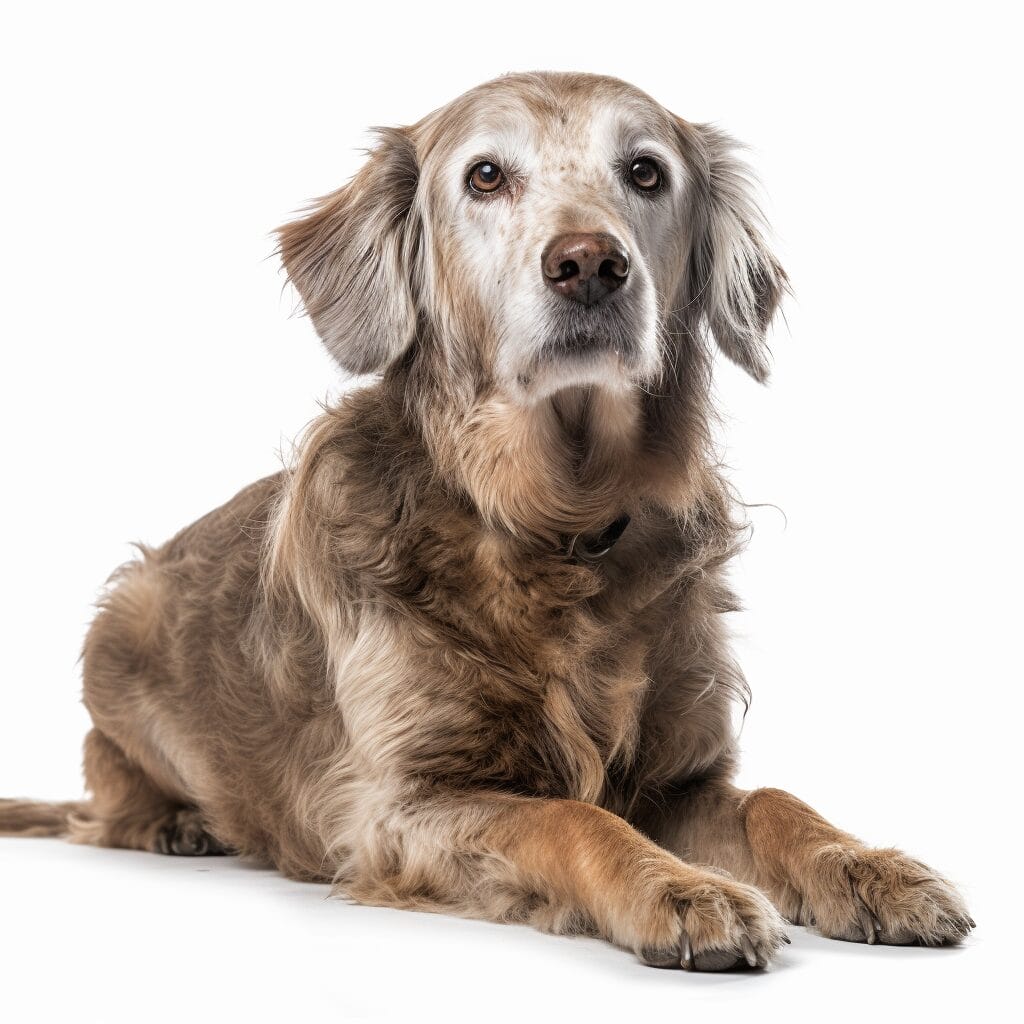
Regular Monitoring
Regular monitoring of weight, appetite, and bathroom habits is vital for determining when a dog is considered a senior. As dogs age, their metabolism slows down, which can lead to weight gain if their diet isn’t adjusted accordingly. Changes in appetite and bathroom habits can be indicative of underlying health issues that commonly affect older dogs.
It’s important to keep track of any fluctuations in these areas as they can provide early indications of potential health concerns. For example, an increase or decrease in weight without a change in diet could signal an underlying issue that needs attention. By closely observing these factors, pet owners can proactively address any emerging health issues and ensure the well-being of their aging canine companions.
Observing Changes
Observing changes in mobility, vision, or hearing plays a crucial role in determining when a dog is considered a senior. Larger dogs such as Great Danes are more prone to joint problems due to their size and breed-specific characteristics. Therefore, keeping an eye on mobility changes becomes even more critical for these breeds as they age.
Changes in vision or hearing can also signify the onset of age-related conditions such as cataracts or deafness. These sensory impairments may impact the overall quality of life for older dogs; hence it’s essential to detect them early through regular observations.
Skin Changes and Lumps
Keeping track of any lumps, bumps, or skin changes is equally important for senior dog care. As dogs grow older, they become more susceptible to various health conditions that manifest externally through skin abnormalities. The appearance of new lumps or bumps should be promptly examined by a veterinarian to rule out any serious health concerns.
Certain breeds like Great Danes are predisposed to specific skin conditions due to their genetics and size; thus necessitating accurate diagnosis by a professional vet who understands the nuances associated with larger breeds’ health status.
Addressing Cognitive Decline in Aging Dogs
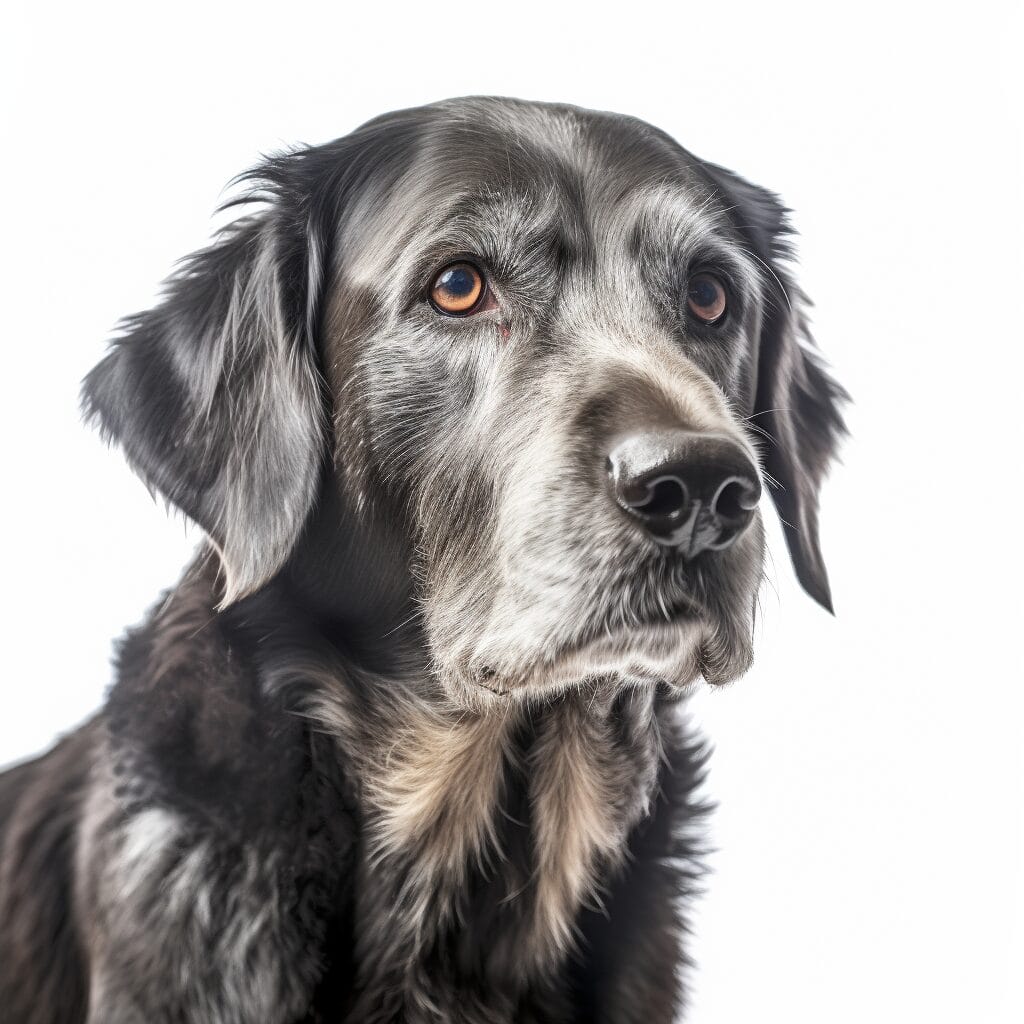
Identifying Cognitive Dysfunction
As dogs age, they may experience cognitive dysfunction, which can manifest in various ways. Owners should watch for signs such as increased confusion, disorientation, and changes in behavior. For instance, if a previously well-behaved dog starts exhibiting house soiling or getting stuck in corners, it could indicate cognitive decline.
Cognitive issues can also lead to anxiety and restlessness in senior dogs. They might become more vocal or seek excessive reassurance from their owners. Some older dogs may show decreased interest in activities they once enjoyed due to mental issues.
Engaging in Mental Stimulation Activities
To help slow down cognitive decline and keep the mind active, engaging senior dogs with mental stimulation activities is crucial. This includes interactive toys that require problem-solving skills or introducing new training exercises to challenge their brains.
Simple activities like hide-and-seek games with treats or teaching them new tricks can provide mental exercise while strengthening the bond between the owner and their aging pet. These activities stimulate the brain and prevent it from becoming stagnant due to aging-related issues.
Seeking Veterinary Guidance for Cognitive Management
When observing signs of cognitive decline in an older dog, consulting a veterinarian is essential for guidance on managing these issues effectively. A vet can conduct thorough assessments to diagnose any underlying conditions contributing to the cognitive decline and recommend appropriate treatment options.
Veterinarians may suggest dietary adjustments, supplements targeting brain health, or medications designed to support cognitive function. Furthermore, they can offer advice on creating an enriched environment at home by incorporating mental stimulation tools tailored specifically for senior dogs experiencing cognitive challenges.
Financial Planning for Senior Dog Care
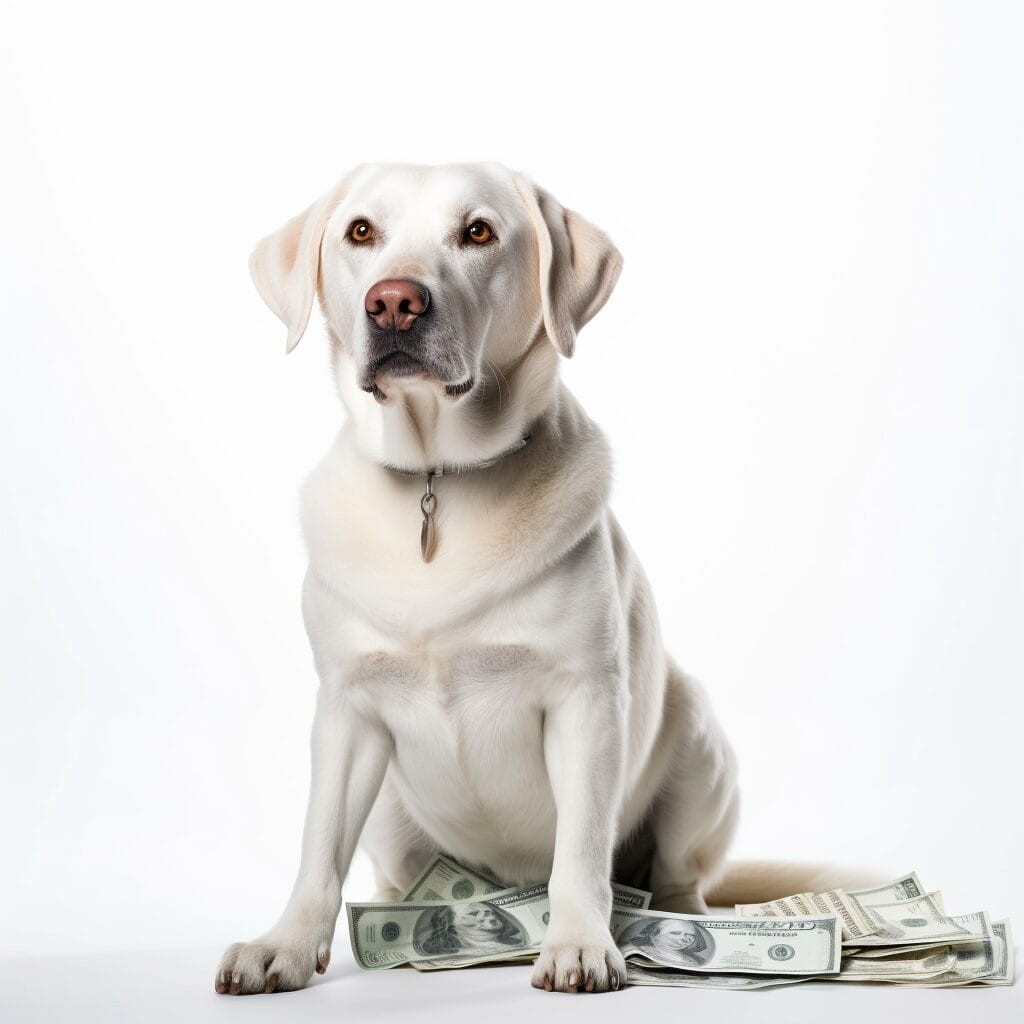
Budgeting for Veterinary Visits and Preventive Care
As dogs age, they require more frequent visits to the veterinarian for routine check-ups and preventive care. Budgeting for these expenses is crucial in ensuring that your senior dog receives the necessary medical attention. Routine veterinary visits can help detect potential health issues early, allowing for timely intervention. This proactive approach to healthcare can contribute to improving your senior dog’s quality of life.
Preventive care such as vaccinations, parasite control, and dental cleanings are essential in maintaining your senior dog’s overall well-being. By budgeting for these routine veterinary visits and preventive care measures, you are actively investing in your pet’s long-term health.
Anticipating Increased Medical Costs Associated with Aging Pets
As dogs enter their senior years, they become more susceptible to age-related health conditions such as arthritis, diabetes, or heart disease. It’s important to anticipate potential increased medical costs associated with managing these conditions. Medications, specialized diets, physical therapy sessions, or mobility aids may be required to address the unique needs of aging pets.
By recognizing the possibility of increased medical costs and factoring them into your financial planning for senior dog care, you can better prepare yourself for any unforeseen expenses that may arise due to age-related health issues. This foresight allows you to provide optimal support and treatment options for your beloved senior canine companion without facing financial strain.
Considering Pet Insurance or Savings Plans
When it comes to preparing financially for unexpected senior dog healthcare expenses, pet insurance or savings plans can offer valuable assistance in covering substantial veterinary bills resulting from illness or injury during a pet’s later years. Pet insurance policies vary widely based on coverage options and cost structures; therefore seeking professional advice when considering this option is advisable. Another alternative is setting up a dedicated savings plan specifically earmarked for potential future healthcare needs related to your aging pet.
Regular Veterinary Visits for Aging Dogs

Importance of Regular Check-ups
Regular veterinary care is crucial in determining when a dog is considered a senior. These check-ups help in the early detection and management of age-related conditions. By taking your furry friend to the vet regularly, you can ensure that any health issues are addressed promptly.
As dogs age, their bodies undergo various changes, making them more susceptible to certain medical conditions. Through routine check-ups, veterinarians can monitor these changes and provide appropriate medical advice to maintain your dog’s well-being. For instance, they may recommend specific diets or exercises tailored to address age-related concerns.
Regular visits allow vets to administer necessary vaccinations and conduct dental cleanings. These preventive measures become increasingly critical as dogs grow older since their immune systems may weaken over time.
Open Communication with Veterinarians
Maintaining open communication with your vet about any concerns regarding your aging dog is essential for comprehensive senior dog care. If you notice unusual behaviors or symptoms in your pet, it’s important to bring them up during veterinary appointments.
By sharing observations about changes in appetite, mobility issues, or unusual lumps and bumps on the skin with the veterinarian, you enable them to conduct thorough examinations and provide appropriate guidance. This proactive approach ensures that potential health issues are identified early on and managed effectively.
Furthermore, blood work becomes more crucial as part of an aging dog’s healthcare routine. Through regular blood tests recommended by veterinarians during check-ups, underlying health problems such as kidney disease or diabetes can be detected at an early stage before they progress into serious complications.
Closing Thoughts
You’ve now gained a comprehensive understanding of the senior dog lifecycle, from recognizing the signs of aging to addressing their specific needs. Remember, just like humans, our furry companions also require special attention and care as they age. It’s crucial to monitor their health closely, provide appropriate nutrition, and ensure they get regular exercise. Don’t overlook the significance of regular veterinary check-ups for your aging canine friends. By being proactive and attentive to their needs, you can enhance their quality of life and cherish many more joyful moments together.
Take the time to assess your dog’s needs and make any necessary adjustments to ensure they enjoy their golden years to the fullest. Your furry friend will undoubtedly appreciate the love and care you provide as they navigate this new phase of life.
Frequently Asked Questions
When is a dog considered a senior?
Dogs are generally considered seniors when they reach the age of 7. However, larger breeds may be classified as seniors at around 5-6 years old due to their shorter lifespan.
What are the signs indicating my dog is a senior?
Signs include reduced energy, changes in appetite or weight, stiff joints, dental issues, and behavioral changes. If you notice these signs in your dog, it’s essential to consult with your veterinarian for proper evaluation and care.
What are the nutritional needs for aging canines?
Senior dogs often require diets with lower calories to prevent obesity but higher levels of certain nutrients like protein and fiber to support muscle mass and digestive health. Consider switching to senior-specific formulas or consulting with a vet for personalized recommendations.
Why is exercise important for senior dog health?
Regular exercise helps maintain muscle tone, joint flexibility, and mental stimulation in older dogs. It also aids in weight management and improves overall cardiovascular health. Tailor exercise routines according to your dog’s abilities while keeping an eye on any discomfort or fatigue.
How do I monitor health changes in older dogs?
Regularly observe your senior dog’s behavior, appetite patterns, mobility level, bathroom habits, and overall energy. Keep track of any unusual symptoms or deviations from their normal routine so that you can promptly address potential health concerns with your veterinarian.



